What You Need To Know About Candida – The Top 6 Essential Oils for Candida
The Top 6 Essential Oils for Candida
Overview
Candida and Essential Oils – Many types of microorganisms naturally live in our gut and on the skin. Some of them are beneficial for us, while others can be harmful
and opportunistic. Usually, friendly bacteria fight out the bad bacteria and keep their population in check. When this natural balance is disturbed due to weakened immunity or some other reason, disease-causing pathogens can multiply uncontrollably and take the form of infection.
Candida is one such opportunistic yeast (a type of fungus) that lives inside the mouth, intestines, and on the skin in small amounts. When it begins to overproduce, it can cause a wide range of fungal infections in humans, which are collectively known as candidiasis. This includes oral thrush, digestive disorders, fatigue, pain, vaginal yeast infection, genital and urinary tract infection, and a range of skin and nail infections. Candidiasis can also become a life-threatening condition if it enters the bloodstream.
Candida overgrowth: Symptoms and causes
Many factors can affect your gut microbiome and immunity, allowing Candida (and several other pathogens) to thrive and multiply. This includes a diet high in refined carbs and low in fiber, poorly managed diabetes, chronic stress, alcohol consumption, long course of antibiotics, and overuse of artificial sweeteners.
Candidiasis most commonly occurs in the form of skin infections, causing symptoms like itching, redness, blisters, rashes, patches, swelling, and scaling of the skin. It can appear in any part of the body but is most commonly found in regions where two skin areas rub together, such as the armpit, groin, under the breasts, skin folds, and between fingers and toes. Other conditions like humidity, temperature, and skin pH also play a role in spreading the infection.
Vaginal yeast infection, which is extremely common in women, is caused by Candida albicans strains and occurs during hormonal imbalances or after pregnancy. It causes severe itching and bruising of the skin.
Candida can cause a white coating on the tongue, headaches, sugar cravings, stomach issues, and even an inability to concentrate. Oral thrush (yeast infection of the mouth) and vaginal infections are caused by the same candida strain.
Can you treat fungal skin infections at home?
Skin infections caused by candidiasis are not considered serious and can safely be treated at home with natural remedies like essential oils and probiotics. However, if not treated well on time, the infection may spread to other areas of the body and even threaten your family members. Evidence suggests that breastfeeding mothers and babies may get infected by each other.
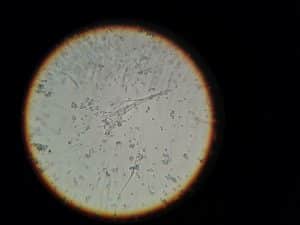
As of now, a very limited number of antifungal drugs exist, and many disease-causing fungal species are becoming resistant to them. According to the Centers for Disease Control and Prevention, multidrug resistance is on the rise among several Candida species as well. This includes Candida auris, a rare type of fungus specie that causes serious illness and is resistant to all three available classes of antifungal drugs.
Essential oils for Candida infection: How effective are they?
Due to limited treatment options, unreliability and toxicity of drugs, and rising cases of drug resistance, scientists are actively exploring natural and alternative remedies for treating candidiasis and other fungal skin infections. Essential oils are one such option being studied for their fungicidal properties.
Extracted from healing herbs and spices, plant oils contain concentrated amounts of antimicrobial chemicals that can help control the spread. Numerous recent studies have shown that apart from being a safe and non-toxic alternative, essential oils may be even more effective in reducing Candida overgrowth than conventional antifungal drugs. This is because the working mechanism of essential oils (and plant medicine in general) is complex and multipronged, which makes it difficult for microbes to resist the treatment.
In addition to directly killing off Candida cells, essential oils can also prevent the infection from coming back by promoting hygiene, reinforcing the protective skin barrier, reducing excessive dryness and flaking, and balancing the skin’s pH levels.
Which essential oils are good for healing Candida?
1. Tea tree
Tea tree is one of the most trusted and widely used essential oils for fungal skin infections. It contains over 100 medicinal compounds, including a powerful antifungal and antiseptic compound called terpinen-4-ol. Studies have shown that topical treatment with tea tree oil can help reduce symptoms like itching, rashes, swelling, redness, pain, and discomfort of candidiasis and vaginal yeast infection.
In one study, tea tree oil effectively eliminated 115 strains of Candida (which included 14 drug-resistant strains) and was found particularly effective against Candida albicans. In another 2015 study, combining tea tree oil with fluconazole (an antifungal drug) enhanced the drug efficacy against 32 strains of Candida albicans that were resistant to fluconazole alone.
Tea tree oil has also been found effective in microbial infections caused by a broad range of bacteria, viruses, ringworm, and yeast. So, if you suspect your infection is not caused by Candida but by some other fungus specie, applying tea tree oil twice a day may still help.
2. Clove bud essential oil
Extracted from a popular immune-boosting spice, clove bud oil is treasured among the practitioners of herbal medicine—and for a great many reasons. A major component of clove oil is eugenol—a powerful antiseptic, wound healer, and pain reliever that can naturally fight a range of skin conditions, digestive issues, respiratory problems, oral infections, aches, and allergies.
One study found clove bud oil to exhibit strong fungistatic (inhibiting growth) and fungicidal (killing) activities against several disease-causing fungi that live on human skin, including Candida albicans. Researchers found that inhaling volatile vapors of clove oil was as effective as a topical treatment in disrupting the cell membranes of Candida and inhibiting their spore germination, thus effectively controlling the spread. Clove oil was also found helpful in other types of fungal skin infections, such as ringworm, scalp ringworm, toenail fungus, and Athlete’s foot.
A 2005 study found that clove was as effective as nystatin, a drug commonly used to treat and manage yeast infections of the mouth (thrush). However, nystatin is known to have a slew of harmful side effects.
3. Cinnamon bark and leaf oil
One study that examined the efficacy of 38 plant oils in candidiasis, found that 23 essential oils could effectively kill and inhibit the growth of Candida strains that were resistant to fluconazole treatment. Based on the concentration needed to kill the fungi, these oils were divided into three categories: most effective (0.03-0.15% concentration), moderately effective (0.16-1.5%), and less effective (greater than 1.5%).
Among the seven essential oils categorized as the most effective, cinnamon oil topped the list, with just a 0.01% concentration being enough for complete inhibition. Other oils in this category were clove, lemongrass, Japanese mint, palmarosa, geranium, and ginger grass oils.
Researchers noted that complete inhibition of drug-resistant Candida strains could not be achieved with even high doses of fluconazole. The efficacy of cinnamon oil was, therefore, comparable to a strong (and sparingly used) antifungal drug Amphotericin B. Amphotericin B is used to treat life-threatening fungal infections and has serious side effects, whereas cinnamon is a much safer alternative.
The anti-candida and antifungal activities of cinnamon oil have also been confirmed in several animal and cell studies, and cinnamon is currently being studied as an alternative medicine for intestinal candidiasis and bloodstream Candida infections.
4. Lemongrass
Lemongrass has antiseptic, antifungal, and antimicrobial properties that can prevent and treat a wide range of fungal skin infections, including Athlete’s foot, ringworm, nail fungus, genital yeast infection, and candidiasis.
Research shows that monoterpenes and other fungicidal compounds present in lemongrass work synergistically to clear out biofilms of Candida and disrupt the metabolic activity of fungi cells. One study found that applying lemongrass topically on the skin can reduce acute inflammation caused by Candida overgrowth, alleviating symptoms like redness, itching, soreness, and discomfort.
You can also consume lemongrass leaves to fight the infection from within. Evidence shows that drinking lemongrass tea or cooking with lemongrass leaves can promote a healthy gut microbiome and kill pathogenic microbes.
5. Citronella (Cymbopogon winterianus)
A close relative of lemongrass, citronella is a well-known antiseptic and disinfectant that is commonly used to kill pathogens, repel insects, and remove germs and bacteria from indoor air. According to a 2017 study, citronella oil exhibits strong cytotoxic and fungistatic activity against Candida albicans and Candida non-albicans strains, which can control the spread of infections.
In cell models, citronella damaged yeast cell membranes, inhibited the formation of germ tubes, disrupted respiration, and impaired the ability of Candida cells to absorb nutrients needed for growth. In another 2011 study, researchers suggested that topical application of citronella oil could be used as an alternative remedy for drug-resistant fungal and yeast infections.
6. Thyme
Thyme oil has been used for centuries to treat irritable skin conditions and promote a healthy skin barrier. Studies have shown that it contains antiseptic, antifungal, and anti-inflammatory properties that can soothe symptoms of itching, redness, and pain.
According to a 2019 study, thyme oil contains high amounts of thymol and carvacrol, both of which can independently kill Candida cells and stop fungi growth. Researchers also found that thymol works synergistically with fluconazole and enhances the efficacy of the drug against 11 strains of Candida albicans.
7. Oregano and Grapefruit
Oregano acts is beneficial by acting fast to fight fungi, bacteria, and viruses within the body. Grapefruit contain d-limonene, an active compound that can help dry up excess dampness in the body.
How to use essential oils for Candida
Apply topically to the site of infection
Mix 2-4 drops of essential oil with 10 ml of extra virgin coconut oil. Gently apply the mixture on freshly cleaned and dried skin 2-3 times a day.
Coconut oil is a powerful antimicrobial agent that has been clinically proven to help with Candida infection and various types of fungal skin diseases. While it is hands-down the best choice for a carrier oil, you can also use other healing oils like olive or sweet almond.
Use in bath and cleaning
Mix 1-2 drops with 5 ml of coconut oil, and add the mixture to warm bathwater. For cleaning the infected skin, put 1-2 drops in warm water and clean with the help of a soft cotton cloth.
Creams and ointments
Essential oils like tea tree are commonly found in over-the-counter ointments and personal hygiene products. You can also make your own healing balm using shea butter, beeswax, coconut oil, and antifungal essential oils.
Candida cleanse smoothies
Under the care of a physician or nutritionist, add 1 drop of clove essential oil to a smoothie for two weeks. It is also important to eliminate all sugar and grains during this time and consume a diet consisting of probiotic fermented foods, bone broth, cooked vegetables, and grassfed-grass finished/pasture-free range raised meats.
Possible side effects and safe practices
When using essential oils for therapeutic purposes, remember to dilute them properly and never exceed the recommended doses. Essential oils are generally safe and well-tolerated by most people when used in moderation. If used incorrectly, they may cause some side effects like skin irritation, blisters, or burning sensation.
If you are using an oil for the first time, consider performing a patch test before applying directly on the infected skin. It is recommended to start with a lower concentration of 0.5-1%, and then you may increase it to 2-2.5% based on your tolerance level. Remember, a higher concentration does not necessarily mean a higher therapeutic potency, but it can surely increase side effects. Also, you should never ingest essential oils at any concentration.
Final thoughts
Candida overgrowth can cause a variety of health problems, among which recurring skin infections are the most common. While these skin conditions are not considered life-threatening, they can still cause significant pain and discomfort in your daily life. Thankfully, nature offers a wide range of antifungal essential oils that can help reduce symptoms and eliminate the infection.
However, it is important to note that essential oils are not a cure-all, and they may also have some side effects if not used correctly. If you do not see your symptoms improving after 2-3 weeks, or the infection worsens and spreads to other areas, consider speaking to a healthcare provider.
“Remember, Do Something Everyday That Heal Your Body!”
To Your Health!
References
https://www.ncbi.nlm.nih.gov/pmc/articles/PMC6572016/
https://sfamjournals.onlinelibrary.wiley.com/doi/10.1111/jam.13282
https://www.nature.com/articles/s41598-018-22395-6
https://www.hindawi.com/journals/ecam/2017/7158756/
https://www.sciencedirect.com/science/article/pii/S1684118210600692
https://www.microbiologyresearch.org/content/journal/acmi/10.1099/acmi.cc2021.po0018
https://www.liebertpub.com/doi/abs/10.1089/mdr.2016.0001?journalCode=mdr
https://www.ncbi.nlm.nih.gov/pmc/articles/PMC6832927/
https://www.cdc.gov/fungal/diseases/candidiasis/antifungal-resistant.html
https://www.ncbi.nlm.nih.gov/pmc/articles/PMC8468556/
https://www.nature.com/articles/s41598-017-08673-9
https://www.ncbi.nlm.nih.gov/pmc/articles/PMC4334616/
https://academic.oup.com/jac/article/53/6/1081/900843
https://academic.oup.com/femsyr/article/5/9/867/681672
https://pubmed.ncbi.nlm.nih.gov/22594097/
https://www.ncbi.nlm.nih.gov/pmc/articles/PMC5028442/
https://www.ncbi.nlm.nih.gov/pmc/articles/PMC4170112/
https://www.ncbi.nlm.nih.gov/pmc/articles/PMC8533043/
https://www.frontiersin.org/articles/10.3389/fcimb.2016.00071/full
https://www.sciencedirect.com/science/article/pii/S0254629912000713
https://www.ncbi.nlm.nih.gov/pmc/articles/PMC7587587/
https://www.ncbi.nlm.nih.gov/pubmed/25442923/
https://www.ncbi.nlm.nih.gov/pubmed/?term=Oral+Microbiology+%26+Immunology+nystatin+clove

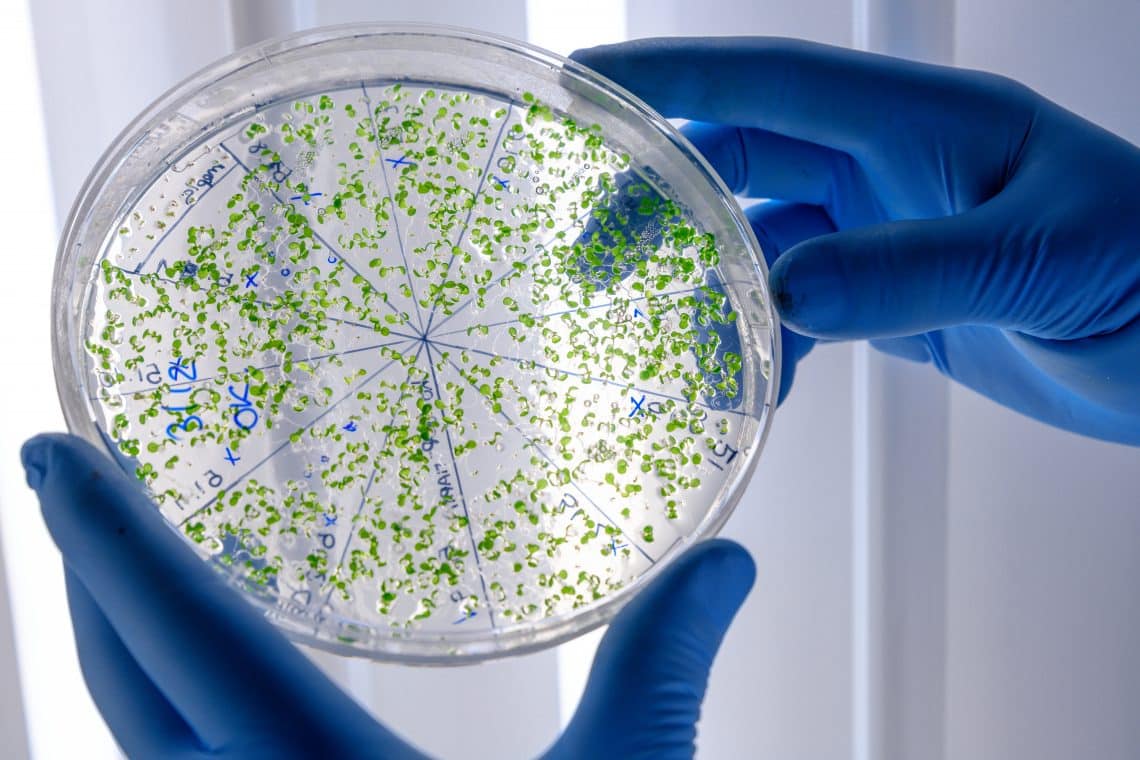
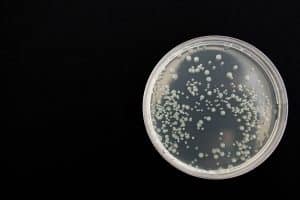










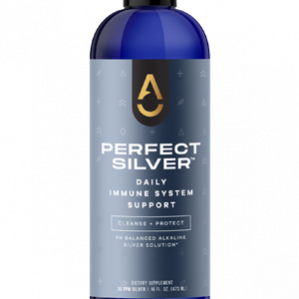
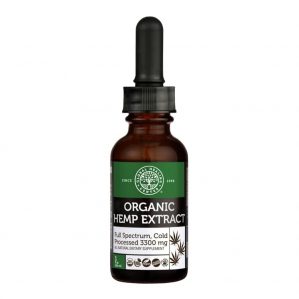
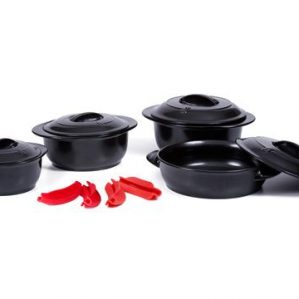
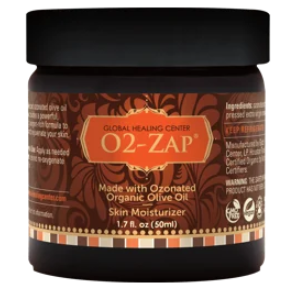



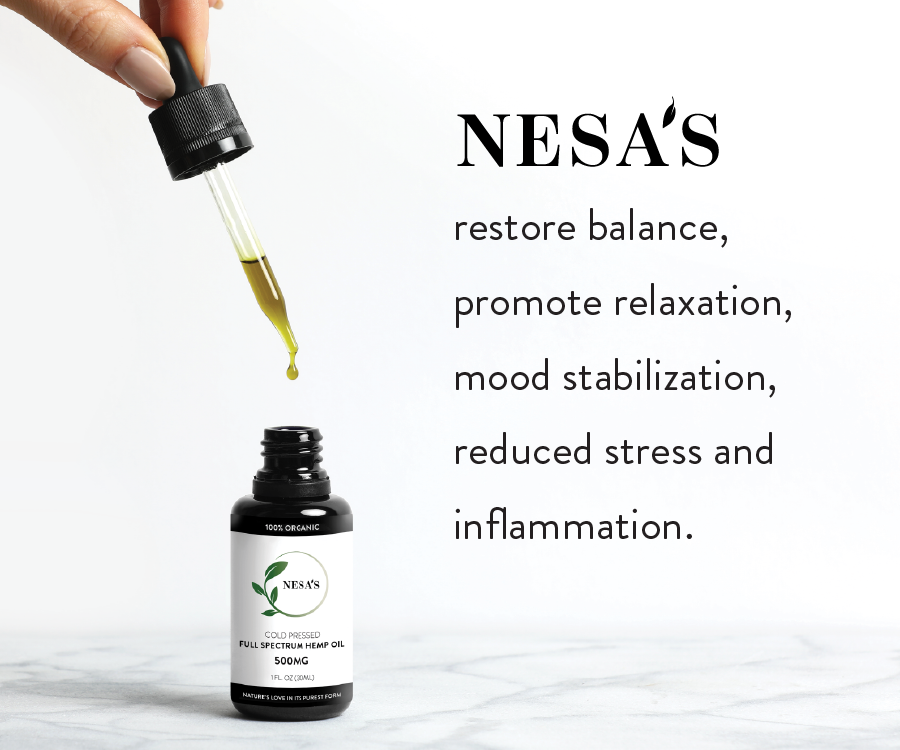
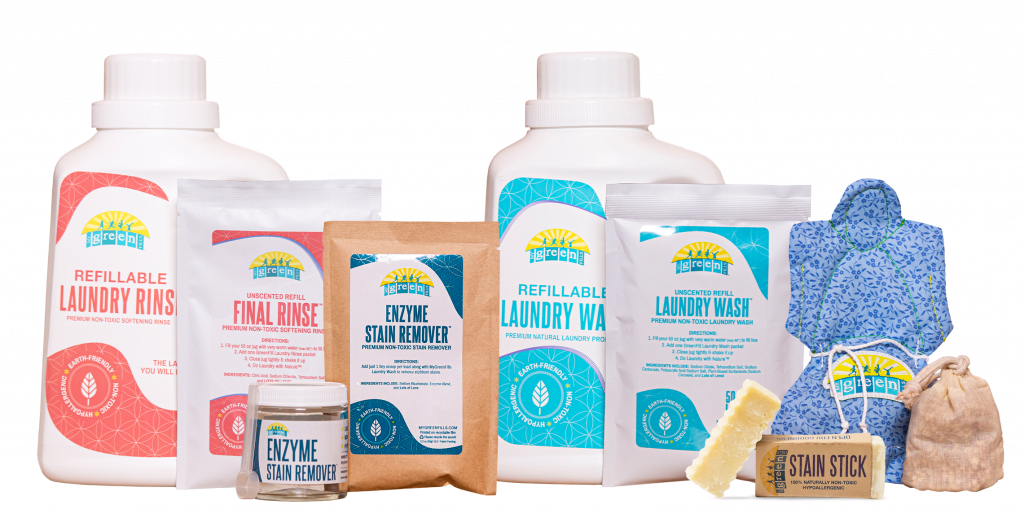






0 Comment